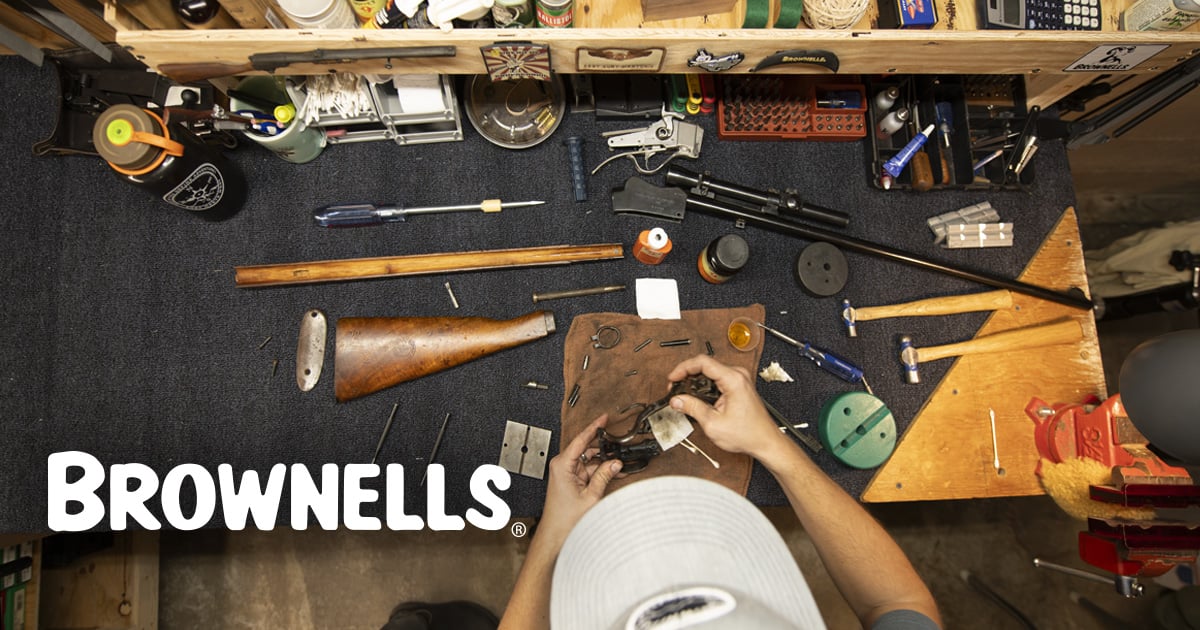My Winchester Model 70 has a Lyman receiver sight installed.
I wanted to remove the Lyman sight and found the mount screws to be locked solid.
Possibly loc-tite by the builder but Im guessing maybe fresh bluing salts locked them up.
Any suggestions.
Thinking heat would be the way to go, little leery of using flame, will a soldering iron on the screw head apply enough heat to work?
I wanted to remove the Lyman sight and found the mount screws to be locked solid.
Possibly loc-tite by the builder but Im guessing maybe fresh bluing salts locked them up.
Any suggestions.
Thinking heat would be the way to go, little leery of using flame, will a soldering iron on the screw head apply enough heat to work?


